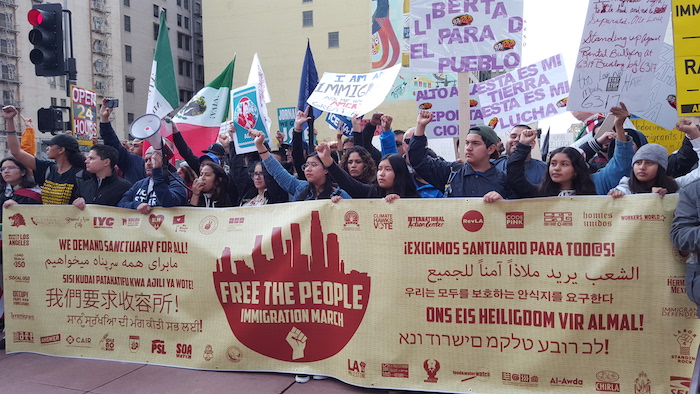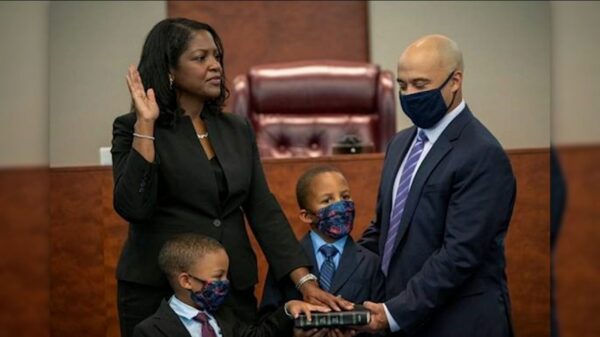Magazine, Immigration, Forbes,
The DOL wage rule is Donald Trump and Stephen Miller’s parting gift to immigrants, universities and high technology companies. The Biden administration must decide if it wants to carry out the Donald Trump-Stephen Miller agenda on immigration.
The Department of Labor (DOL) reissued a controversial rule designed to price H-1B visa holders and employment-based immigrants out of the U.S. labor market, setting up new legal battles and a decision by the Biden administration on whether to keep a rule that fulfills a key part of White House adviser Stephen Miller’s anti-immigration agenda. The final rule makes only minimal substantive changes from the original rule and was drafted to avoid the violations of the Administrative Procedure Act (APA) that caused three judges to issue opinions blocking the regulation.
Under immigration law, employers must pay H-1B visa holders the higher of the prevailing wage or actual wage paid to similar U.S. workers. DOL determines the prevailing wage with data from the government’s Occupational Employment Statistics (OES) wage survey and uses a mathematical formula to create four levels of wages for each occupation.
A formula is already problematic, since it is much less accurate than asking employers what they pay employees at different levels of experience. A formula can be manipulated to achieve a result, as analysts note, by artificially raising the required wage. That is what the Department of Labor has done in the two versions of its wage rule.
In October 2020, the Department of Labor issued an interim final regulation that raised the required wage employers must pay not just to H-1B visa holders but for employment-based immigrants who required labor certification. Three courts blocked the rule on grounds that it violated the Administrative Procedure Act by claiming a “good cause” exception to allow the regulation to go into effect immediately without notice and comment. Judges cited, among other things, a National Foundation for American Policy analysis that showed the unemployment rate for computer occupations had not increased during the pandemic.









